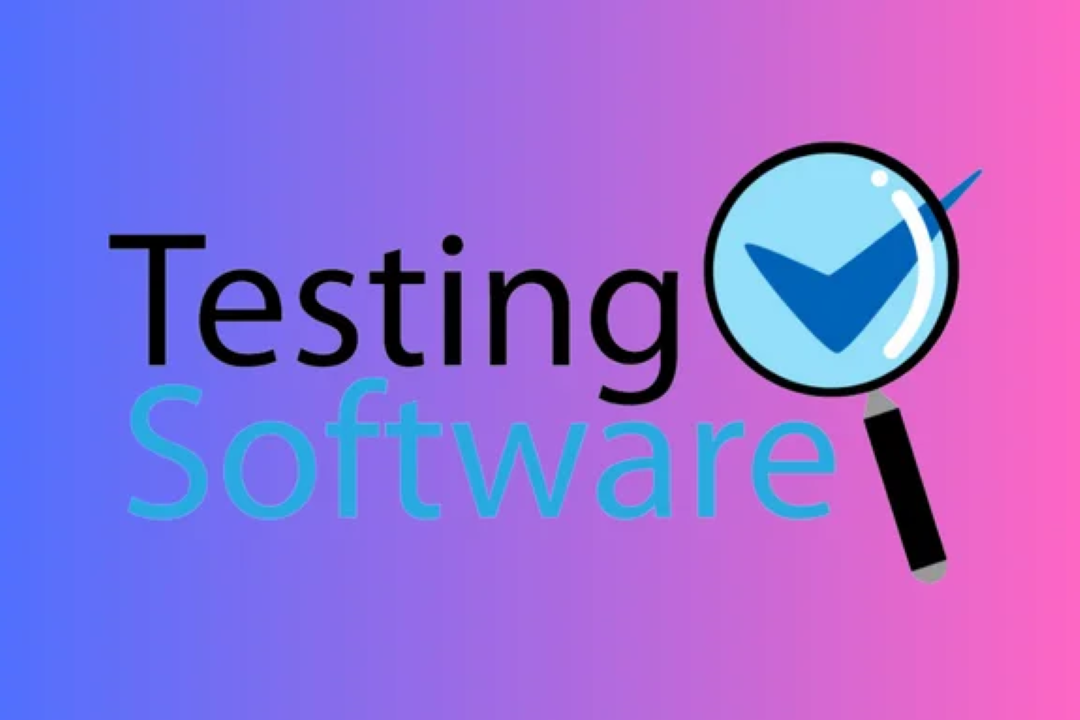Ssl/tls in java
Implementing SSL/TLS Security in Java Applications
Ssl/tls in java
SSL (Secure Sockets Layer) and its successor TLS (Transport Layer Security) are cryptographic protocols designed to provide secure communication over a computer network. In Java, SSL/TLS support is built into the Java Secure Socket Extension (JSSE), which provides a framework and implementation for secure Internet communications. Through JSSE, Java developers can easily create server and client applications that use SSL/TLS to secure data transmitted over sockets. This integration allows for the establishment of secure connections using the `SSLSocket` and `SSLServerSocket` classes, enforcing encryption, data integrity, and authentication through the use of certificates and key management. Starting from Java 1.4, these capabilities are included in the core Java libraries, enabling secure web transactions, such as those in HTTPS, and supporting various cipher suites and protocols to adapt to different security requirements.
To Download Our Brochure: https://www.justacademy.co/download-brochure-for-free
Message us for more information: +91 9987184296
1 - Introduction to SSL/TLS:
SSL (Secure Sockets Layer) and TLS (Transport Layer Security) are protocols designed to provide secure communication over a computer network, ensuring authentication, privacy, and data integrity.
2) Java Security API:
Java provides a robust Security API, enabling developers to implement SSL/TLS in applications via built in libraries, which simplifies the process of establishing secure connections.
3) SSLSocket and SSLServerSocket:
These are the primary classes in Java for implementing SSL/TLS communication. `SSLSocket` enables secure client connections, while `SSLServerSocket` listens for secure client connections on the server side.
4) KeyStore and TrustStore:
Java uses KeyStore to manage private keys and TrustStore for trusted certificates. Understanding how to configure and manage them is crucial for establishing secure connections.
5) Certificates:
Digital certificates are used to establish the authenticity of a party in SSL/TLS connections. Students will learn how to generate, import, and validate certificates in Java.
6) Creating a Self Signed Certificate:
Practical exercises on how to create self signed certificates for testing purposes using tools like `keytool`, which is included in the JDK.
7) Configuring SSL/TLS in Java Application:
Step by step guidance on how to configure SSL in a Java application, including setting up server and client configurations.
8) HTTPS with Java:
Using SSL/TLS to secure HTTP, known as HTTPS, ensures data sent between the client and server is encrypted. This section will cover how to implement HTTPS in Java web applications.
9) Client Authentication:
Discuss the process and requirements for client side certificate authentication, including configuring the server to require client certificates.
10) TLS Versions:
A summary of different TLS versions (1.0, 1.1, 1.2, and 1.3), their features, improvements, and Java support for each version.
11) Cipher Suites:
Explanation of cipher suites and how they determine the encryption algorithms used in SSL/TLS. Students will learn how to configure cipher suites in their applications.
12) Handling SSL/TLS Exceptions:
Overview of common exceptions related to SSL/TLS (e.g., SSLHandshakeException, SSLPeerUnverifiedException) and how to handle them effectively in Java.
13) Testing and Debugging:
Techniques on how to test SSL/TLS connections using tools like Postman or curl, and debugging SSL issues with Java including enabling Java SSL debugging.
14) SSL/TLS Security Best Practices:
A list of best practices for securing Java applications that use SSL/TLS, such as keeping Java updated, validating certificates, and using strong cipher suites.
15) Integrating with Web Services:
How to secure REST/SOAP web services using SSL/TLS in Java, with a focus on libraries like Spring Security for added protection.
16) Future of SSL/TLS:
Discussion on the evolution of SSL/TLS protocols and their importance in modern applications considering emerging security challenges.
17) Hands On Projects:
Students will engage in hands on projects to apply their knowledge, such as implementing a simple chat application or a secure file transfer system using SSL/TLS in Java.
18) Resources and Further Reading:
Provide resources, books, and online documentation for students to further their understanding of SSL/TLS and Java security practices.
This outline can serve as a comprehensive framework for introducing students to SSL/TLS in Java, covering essential concepts, hands on experience, and best practices.
Browse our course links : https://www.justacademy.co/all-courses
To Join our FREE DEMO Session: Click Here
Contact Us for more info:
- Message us on Whatsapp: +91 9987184296
- Email id: info@justacademy.co












